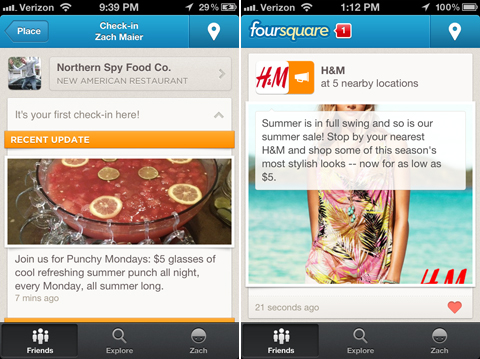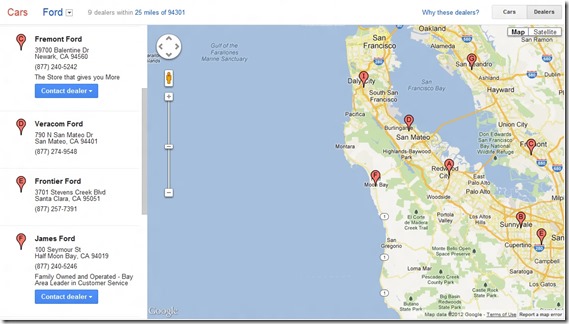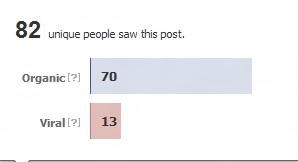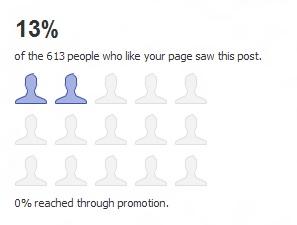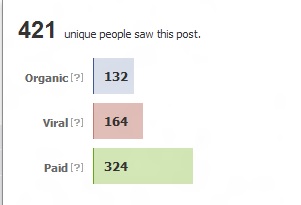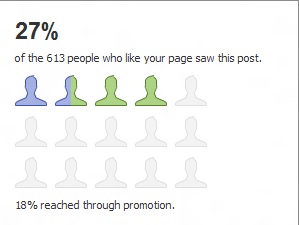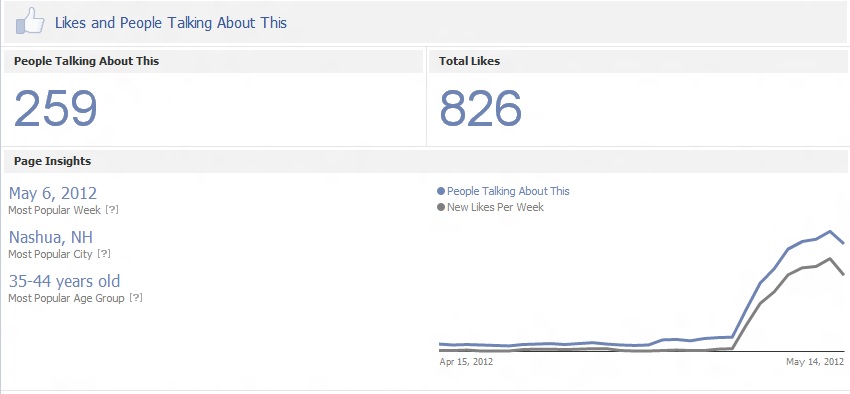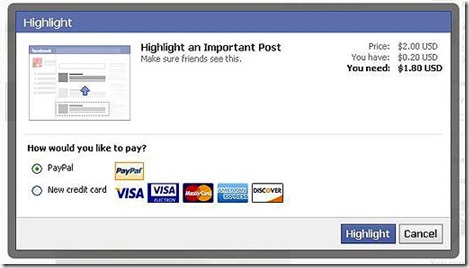Yeah, Yeah… I know what you’re thinking. Here’s another social media “expert” that’s going to say “this is how you do it”. Actually, I’m not. (As an aside: What does it mean and can anyone really be an “expert” in a field that’s relatively new.)
I, like any other social media person, have my opinions, methods and strategies that I believe work well. I believe these methods work well through many tests and practical implementation. These are, obviously, what I teach and advise. That being said, there are many other social media “experts” that have different opinions, different methods, and different strategies. Whether I agree with them or not is irrelevant. In most cases, when I hear other social media people say “this is how it should be done”, I cringe inside.
Because of the ambiguousness of what it means to be an expert in combination with the fact that this field is constantly changing and new, many dealers (or clients) don’t really know how to judge/evaluate whether a social media consultant/company is “good” at what they do. The easiest way (and how many dealers do it) is to judge a person or company by their own social media presence: How many “likes” do they have? How many followers? Etc.
I personally, don’t believe that either one of these things constitutes a valid assessment point when considering who to partner with in your social media efforts. “Likes” and “followers” can be bought. Does that mean they’re good at what they do? No. It just means they have money to spend. The same philosophy I have in regards to using “likes” to determine the success (or not) for a client’s social media identities applies. You can have a million followers but if none of them would ever do business with you, you’re wasting your breath and your efforts are worthless and a waste of time. If you are a dealer (or business) in Florida, would you pay for traditional advertising in California? Why not? Exactly.
I’m not going to go into what my philosophies are as that’s not the point of this blog post. The point is that there IS no single way to do it right. Numbers of likes and followers or a consultant’s/company’s Klout score don’t mean anything. If you’re looking for a social media partner, for the love of God, please do not use these factors in your decision-making process.
Find a partner who fits well into your company’s strategy, is willing to integrate with your existing marketing, collaborates with you and, most importantly, is willing to make a personalized plan and strategy geared towards your specific audience, not one who fits YOU into THEIR cookie-cutter template process.
If their sales pitch centers around how many “likes” they’ll get you and how many more followers they’ll get you and the reasons they give you for hiring them in any way involves how many likes or followers they have, run away. As fast as you can.
Keep in mind, this person/company is you in the online space. There is no differentiation from a customer’s perspective.
You better be sure that the voice they use is YOURS, not THEIRS.





